Since 2015, OLED panel technology has gradually matured. Some industry insiders once said that liquid crystal technology will be completely eliminated by OLED technology within a few years, and there are also a lot of cool-headed peers, and this view does not care less. Admittedly, with the enthusiasm of OLED technology, LCD technology will indeed appear to have some "outdated" but really as mentioned above, LCD technology will really be banned in a very short time? The author holds a considerable amount of skepticism about this. 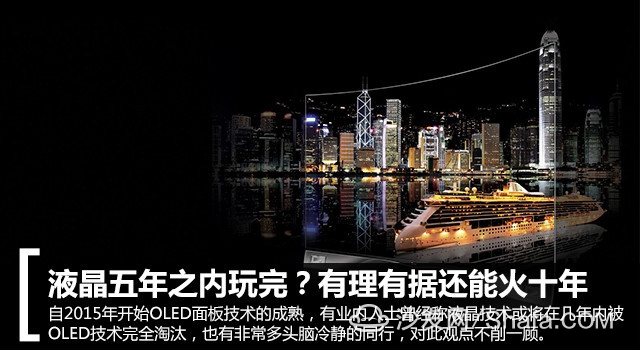
Liquid crystal within five years to finish? Reasonable evidence can fire for ten years
LCD TVs radiate various sizes of markets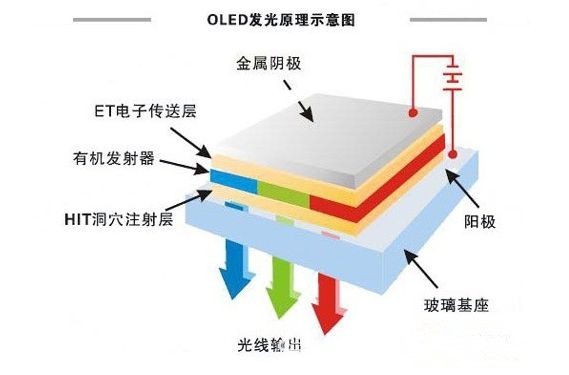
OLED Display Technology Profile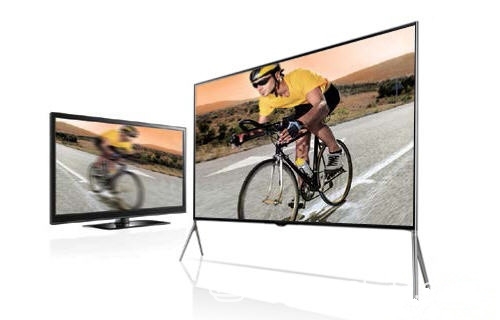
LCD TV response time defects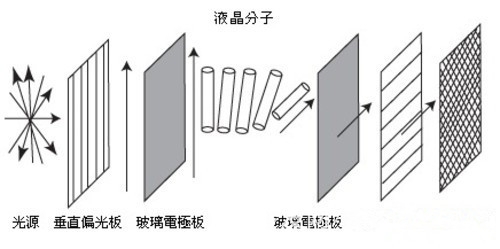
The physical structure of the LCD screen can't be eradicated due to the destined response time.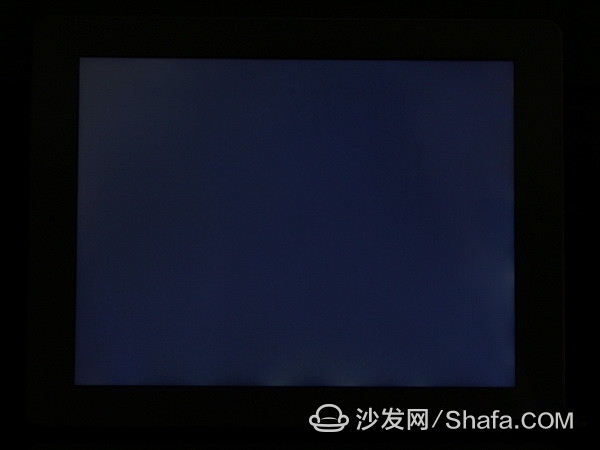
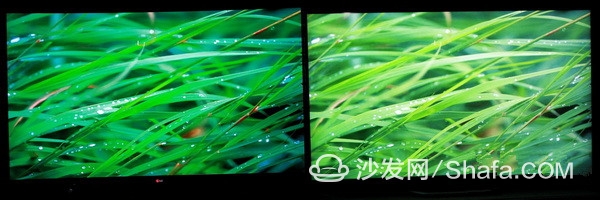
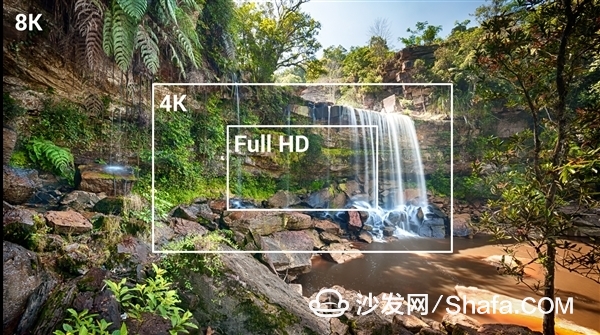
8K resolution resolution diagram We know that products using OLED technology can't achieve 80-inch or larger size, and the resolution is the same. OLED's current 4K resolution technology can not be popularized yet. It's called the real next-generation 8K technology. Technical means can't be realized on OLEDs. Each one emits light independently. The pixel density is more compact, and it's not as simple as it looks. LCD technology does not have this problem. This is also the current 8K product with LCD. Technology-based reasons.
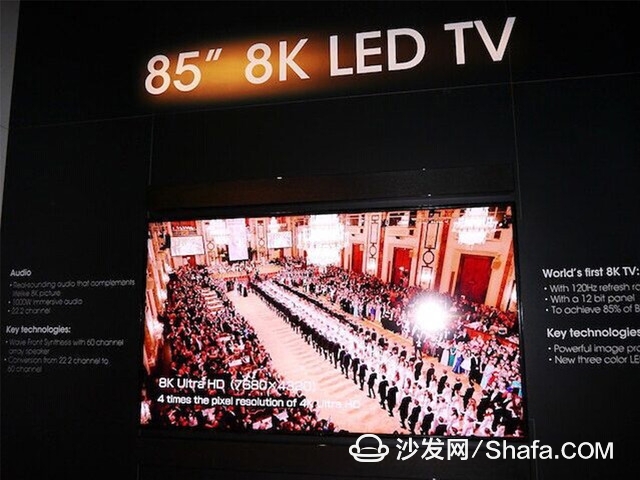
8K resolution is still based on LCD technology Quantum dot technology is known as the future display technology that can compete with OLED technology. Products equipped with this technology have already formed a certain scale in the market. The giant quantum dot camp led by Samsung has traditionally adopted liquid crystal pat There is no perfect skin, but what is little known is that the quantum dot technology at this stage cannot completely get rid of the structure of liquid crystal technology. Although the improvement of display quality is very good, the defects such as smearing and light leakage have been improved obviously, but in essence, it has not been realized.†"Electroluminescence" quantum dot technology and the principle of liquid crystal technology are fundamentally homologous, and then throw our previous view: "The technology that can ultimately achieve electroluminescence can pose a threat to the liquid crystal technology." Quantum dot technology can not yet achieve "electroluminescence", so it can not pose a fundamental threat to the liquid crystal technology. On the other hand, the price of quantum dot products is not close enough to the people at present, after all, it is on the experience of the standard OLED. Technology.
to sum up:
According to the current situation, LCD technology cannot be banned by newer technologies in a short period of time. Hon Hai’s leadership in arranging high-end production lines in the mainland's panel market has proved this view from the side. It is always said. OLEDs, Quantum Dots, and other technologies that ban LCD technology are only a matter of time, and this view is not wrong, but what we need to pay attention to is how large this time span is. True, let's put aside projection-based laser televisions, OLEDs and quantum dots. After all, the technology is to bring about people-friendly products, but from the perspective of individuals between them, there are still many problems that OLED needs to overcome at this stage, and it takes 3-5 years for quantum dot technology to achieve a conservative estimate of “electroluminescenceâ€. It is obviously not wise to give up the purchase of LCD products.

Liquid crystal within five years to finish? Reasonable evidence can fire for ten years
As we all know, more than a decade ago, LCD technology began to invade the market with many technologies that were ahead of CRT TVs at that time. Because of its small size, low energy consumption, and high facial and cosmetic advantages, consumers have to The love of LCD products has increased, and eventually the LCD technology products have become the only overlord in the market for more than a decade.

LCD TVs radiate various sizes of markets
It seems that the concept of "Sheng Bian will decline" seems to be the same. After LCD technology dominated the market for more than a decade, it was finally defeated by emerging technologies such as OLED Quantum Dots in the form of products. How many years of LCD technology can be useful and good at this stage? There is no way to make this conclusion, but I believe that at least 10 years is still relatively stable, OLED technology is more advanced, but we also have to admit that the newer higher technology represents a higher cost, which is also the current LCD products The biggest competitiveness in the market.

OLED Display Technology Profile
There is price competitiveness on the one hand, but liquid crystal has not been able to get rid of its many shortcomings. The price competitiveness can indeed reduce the importance of the technical shortcomings to a certain extent, but the bottleneck of technology has always been impossible from a long-term perspective. Ignoring it, we will give you a brief review of the two shortcomings of LCD technology.
LCD technology "fatal injury" big bottom â— Physical characteristics caused by bruises can not always improve the LCD monitor and LCD TV is different, the display is more static scenes, such as text work, image processing and typesetting printing, only the game experience High response time. In contrast, the nature of television viewing video means that it is always under dynamic scenes, so the severe response time of LCD technology is not suitable for dynamic scenes in principle. The so-called surgery industry specializes in the category of LCD panels. The corresponding time of selling the popular IPS panel dynamic is not very ideal. The products of the TN panel have different degrees of distortion in the color accuracy. Even if the response speed is the most advantageous TN panel screen, it can not completely get rid of the problem caused by the response time. problem.
LCD technology "fatal injury" big bottom â— Physical characteristics caused by bruises can not always improve the LCD monitor and LCD TV is different, the display is more static scenes, such as text work, image processing and typesetting printing, only the game experience High response time. In contrast, the nature of television viewing video means that it is always under dynamic scenes, so the severe response time of LCD technology is not suitable for dynamic scenes in principle. The so-called surgery industry specializes in the category of LCD panels. The corresponding time of selling the popular IPS panel dynamic is not very ideal. The products of the TN panel have different degrees of distortion in the color accuracy. Even if the response speed is the most advantageous TN panel screen, it can not completely get rid of the problem caused by the response time. problem.

LCD TV response time defects
Today, there are still many users complaining that the LCD TV screen is not smooth enough, especially for some low-end TV products. To put it a little deeper, the problem of response time is even more pronounced for the new internet brands that lack TV manufacturing experience. So? Why does LCD technology have a slow response time?

The physical structure of the LCD screen can't be eradicated due to the destined response time.
The liquid crystal technology cannot fundamentally solve the image sticking phenomenon by any means or technology, because the liquid crystal molecules deflect and arrange in a time-consuming manner, and the liquid crystal molecules deflect different materials in different ways. The liquid crystal molecules receive instructions from the drive chip to change the state. The time required for this process is what we often call "response time." In other words, no matter how advanced drive technology can't change the fact that liquid crystal molecules need deflection work, the response time is fast or slow, but it's impossible. Zero, so the residual image of the LCD screen is doomed to be eradicated.
â— No matter how mature the technology is, light leakage still exists. The liquid crystal material itself does not emit light. It needs backlighting (LED light-emitting diodes) to display properly. In the past, the CCFL backlight system was used, but in recent years, the LED backlight system has become popular, regardless of the past CCFL. Backlighting, current LED backlighting, or just emerging QLED QD backlight systems inevitably result in light leakage. The OLED has the characteristics of electroluminescence. This kind of hard advantage is compared to the “excellent photoluminescence of the liquid crystalâ€. Therefore, no light leakage occurs in the black field, thereby improving the contrast and image quality performance.
â— No matter how mature the technology is, light leakage still exists. The liquid crystal material itself does not emit light. It needs backlighting (LED light-emitting diodes) to display properly. In the past, the CCFL backlight system was used, but in recent years, the LED backlight system has become popular, regardless of the past CCFL. Backlighting, current LED backlighting, or just emerging QLED QD backlight systems inevitably result in light leakage. The OLED has the characteristics of electroluminescence. This kind of hard advantage is compared to the “excellent photoluminescence of the liquid crystalâ€. Therefore, no light leakage occurs in the black field, thereby improving the contrast and image quality performance.

Clearly recognized quality of iPad LCD products leaks are clearly visible
The physical characteristics of OLED self-luminescence are the main reason. The black display is the same as the shutdown (TV LOGO can prove that the TV is turned on). The layering of the screen, the transparency of the color, and the details are all unmatched by the LCD. LCDs that work with backlights cannot achieve pure black display, and their quality performance is limited.

The screen of the LCD TV is disturbed by the backlight, resulting in a dilute of the color performance (the left is the LCD TV on the right side of the OLED product)
OLEDs have fully realized electroluminescence without the need for backlighting. Therefore, colors can be displayed "primarily". The relationship between the liquid crystal LED light-emitting diodes, the screen is obviously affected by the backlight, just like the screen surface is covered with a layer of white yarn, affecting the quality of performance. In other words, the presence of the backlight not only affects the dark field performance of the LCD product, but it also has a negative impact on the picture from beginning to end. The response time is a flaw in the dynamic fluency of liquid crystal technology, while the backlight is a flawed image quality.
The enemy has become a climate but the higher definition still needs LCD to support the TV product market at this stage. It has already presented a “three-footed situationâ€. Naturally, there is no need to say much about hot OLED and quantum dot technology. Laser TV can also rely on The price advantage of the large screen has gained a firm foothold in the market. We can simply conclude that the technologies that can ultimately achieve “electroluminescence†can pose a threat to liquid crystal technology. The giant screen television market is gradually occupied by laser televisions and projection products. How will LCDs survive in the current environment? There is only one answer, higher clarity.
The enemy has become a climate but the higher definition still needs LCD to support the TV product market at this stage. It has already presented a “three-footed situationâ€. Naturally, there is no need to say much about hot OLED and quantum dot technology. Laser TV can also rely on The price advantage of the large screen has gained a firm foothold in the market. We can simply conclude that the technologies that can ultimately achieve “electroluminescence†can pose a threat to liquid crystal technology. The giant screen television market is gradually occupied by laser televisions and projection products. How will LCDs survive in the current environment? There is only one answer, higher clarity.

8K resolution resolution diagram

8K resolution is still based on LCD technology
to sum up:
According to the current situation, LCD technology cannot be banned by newer technologies in a short period of time. Hon Hai’s leadership in arranging high-end production lines in the mainland's panel market has proved this view from the side. It is always said. OLEDs, Quantum Dots, and other technologies that ban LCD technology are only a matter of time, and this view is not wrong, but what we need to pay attention to is how large this time span is. True, let's put aside projection-based laser televisions, OLEDs and quantum dots. After all, the technology is to bring about people-friendly products, but from the perspective of individuals between them, there are still many problems that OLED needs to overcome at this stage, and it takes 3-5 years for quantum dot technology to achieve a conservative estimate of “electroluminescenceâ€. It is obviously not wise to give up the purchase of LCD products.
Smart TV/box information can focus on smart TV information network sofa butler (http://), China's influential TV box and smart TV website, providing information, communication, TV boxes, smart TVs, smart TV software, etc. Answering questions.
Aluminum circuit boards are widely used in LED lighting industry as the good heat dissipation and energy saving. LED light circuit boards always use white solder mask oil because of the good reflective. Our aluminum circuit boards are made of highly reflective white oil, which is 3-5% more reflective than ordinary white oil, whiter and better. Automatic production line for aluminum PCB has been introduced in our factory - fast delivery time, cost down, greatly increased productivity.
Led Pcb,Led Pcb Board,Led Bulb Circuit Board,Led Light Circuit Board
Chuangying Electronics Co.,Ltd , https://www.cwpcbs.com